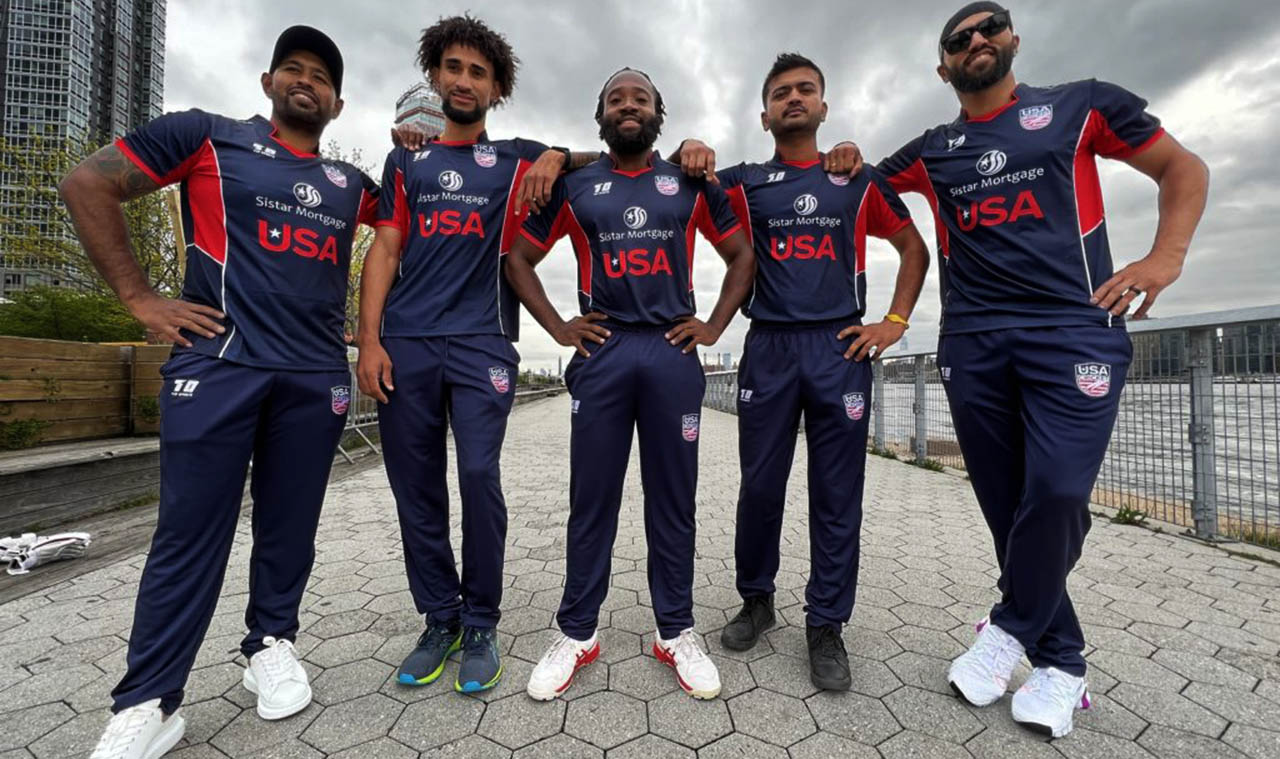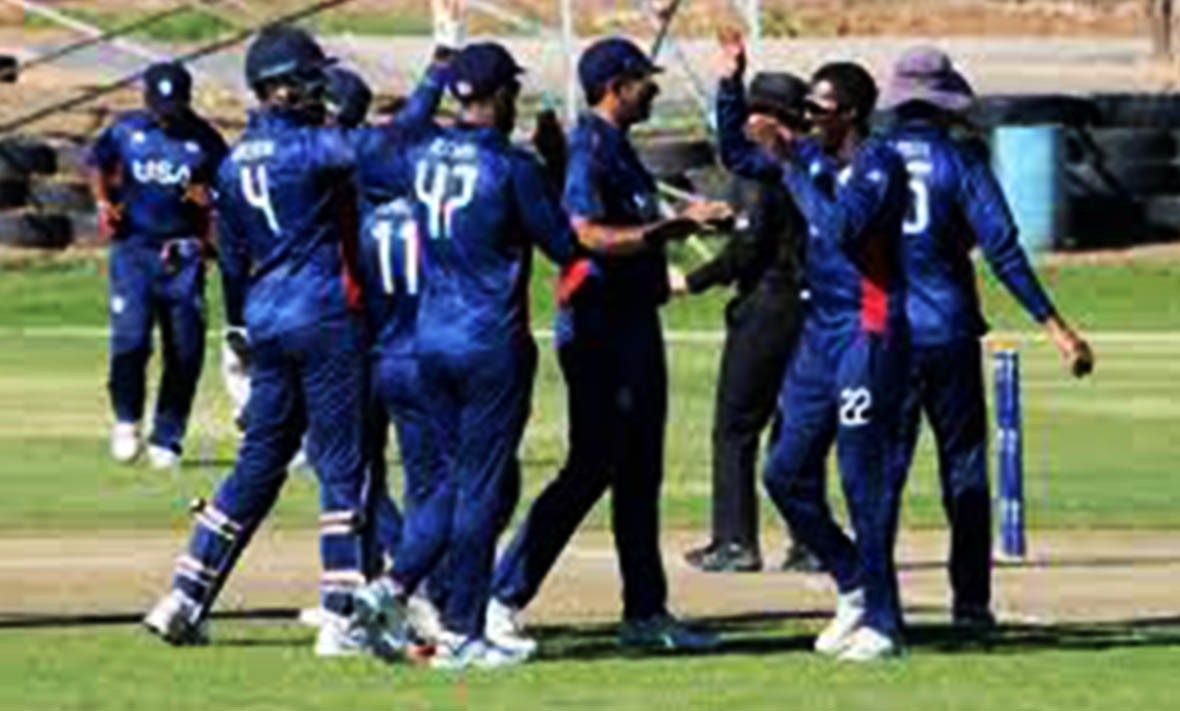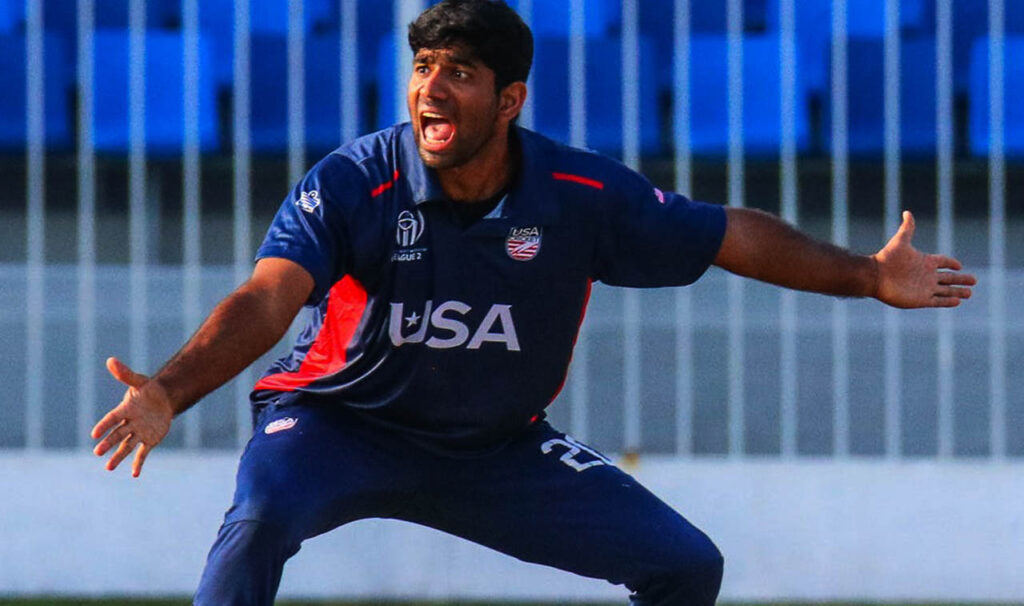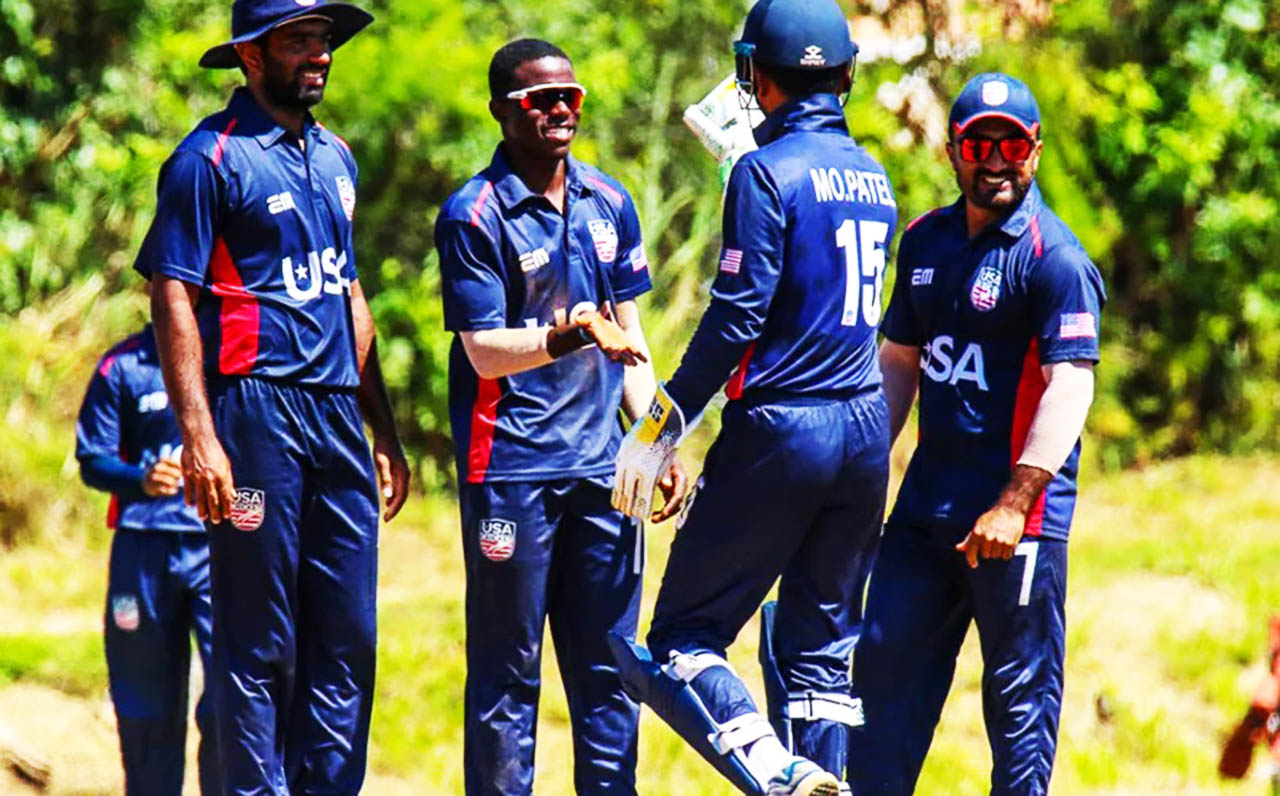Cricket has historically been dominated by nations like India, Australia, England, and South Africa. However, in recent years, the United States has been making strides in establishing itself as a cricketing nation. With the emergence of the USA cricket team, there’s a growing curiosity about various aspects of the team, including player salaries. In this article, we delve into the salaries of USA cricket team players, shedding light on what players can expect.
The Evolution of Cricket in the USA
Cricket’s journey in the United States has been a rollercoaster ride. Initially brought over by British expatriates, the sport struggled to gain widespread recognition. In recent years, efforts by organizations like USA Cricket and the establishment of Major League Cricket (MLC) have propelled the sport into the limelight. The rise of T20 leagues globally has also contributed to the popularity of cricket in the USA, attracting players from around the world.

Structure of USA Cricket
Unlike established cricketing nations with long-standing domestic structures, the USA’s cricketing ecosystem is still developing. The USA Cricket Men’s National Team represents the country in international competitions, while domestic cricket comprises various leagues and tournaments at different levels. Major League Cricket (MLC) serves as the premier T20 league in the USA, offering opportunities for local and international players to showcase their talent.
Salaries in USA Cricket
Compared to cricketing powerhouses like India and Australia, where top players command multi-million dollar contracts, salaries in USA cricket are more modest. The salaries of USA cricket team players vary based on several factors, including performance, experience, and participation in domestic leagues. Contracted players, those centrally contracted by USA Cricket, generally receive more substantial compensation compared to non-contracted players who rely on match fees and bonuses.

Central Contracts
USA Cricket offers central contracts to a select group of players who are considered integral to the national team’s success. These contracts typically include a base salary, match fees for international fixtures, and additional benefits such as insurance and bonuses for exceptional performances. The exact figures for central contracts may vary depending on the funding available to USA Cricket and its agreements with players’ associations.
Match Fees and Bonuses
Players representing the USA cricket team earn match fees for their participation in international fixtures, including Test matches, One-Day Internationals (ODIs), and T20Is. Bonuses may be awarded for notable achievements such as centuries, five-wicket hauls, or match-winning performances. Match fees and bonuses provide additional income to players, supplementing their base salaries and incentivizing stellar performances on the field.

Opportunities Beyond International Cricket
While international cricket remains the pinnacle for most players, opportunities in domestic leagues like Major League Cricket (MLC) offer additional avenues for earning. Players participating in MLC and other domestic leagues can earn salaries through contracts with franchise teams, endorsements, and appearance fees. The growth of domestic cricket in the USA presents players with opportunities to enhance their earnings and profile within the cricketing community.
Conclusion
The salaries of USA cricket team players reflect the evolving nature of cricket in the country. While not yet comparable to those in traditional cricketing nations, opportunities for growth and development abound.
As the popularity of cricket continues to rise in the USA, accompanied by the establishment of professional leagues and improved infrastructure, the financial rewards for players are expected to increase. For aspiring cricketers in the USA, the journey to professional status may require patience and perseverance, but the potential rewards both on and off the field make it a pursuit worth considering.






